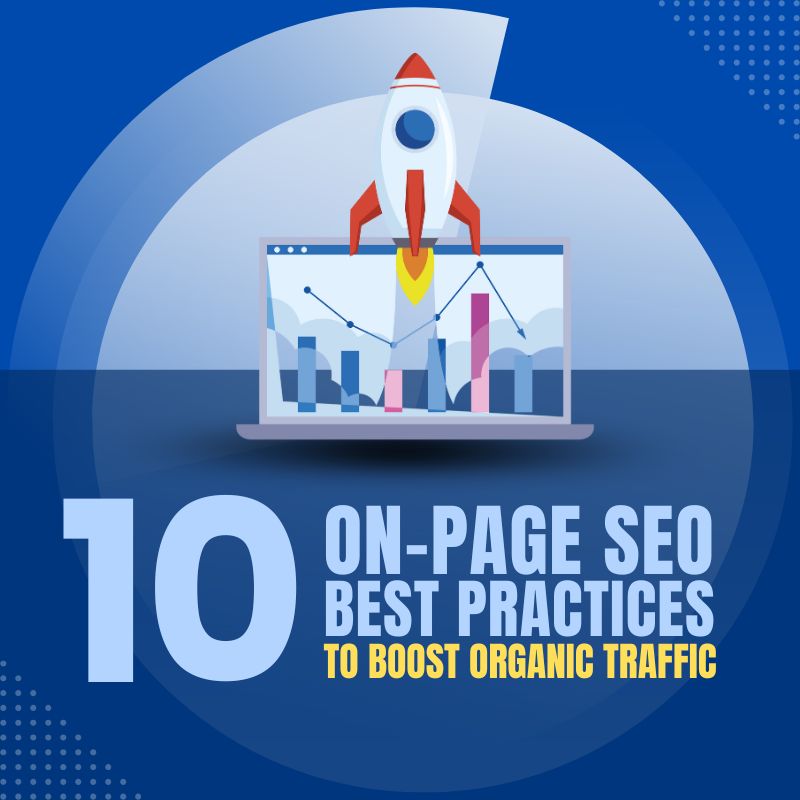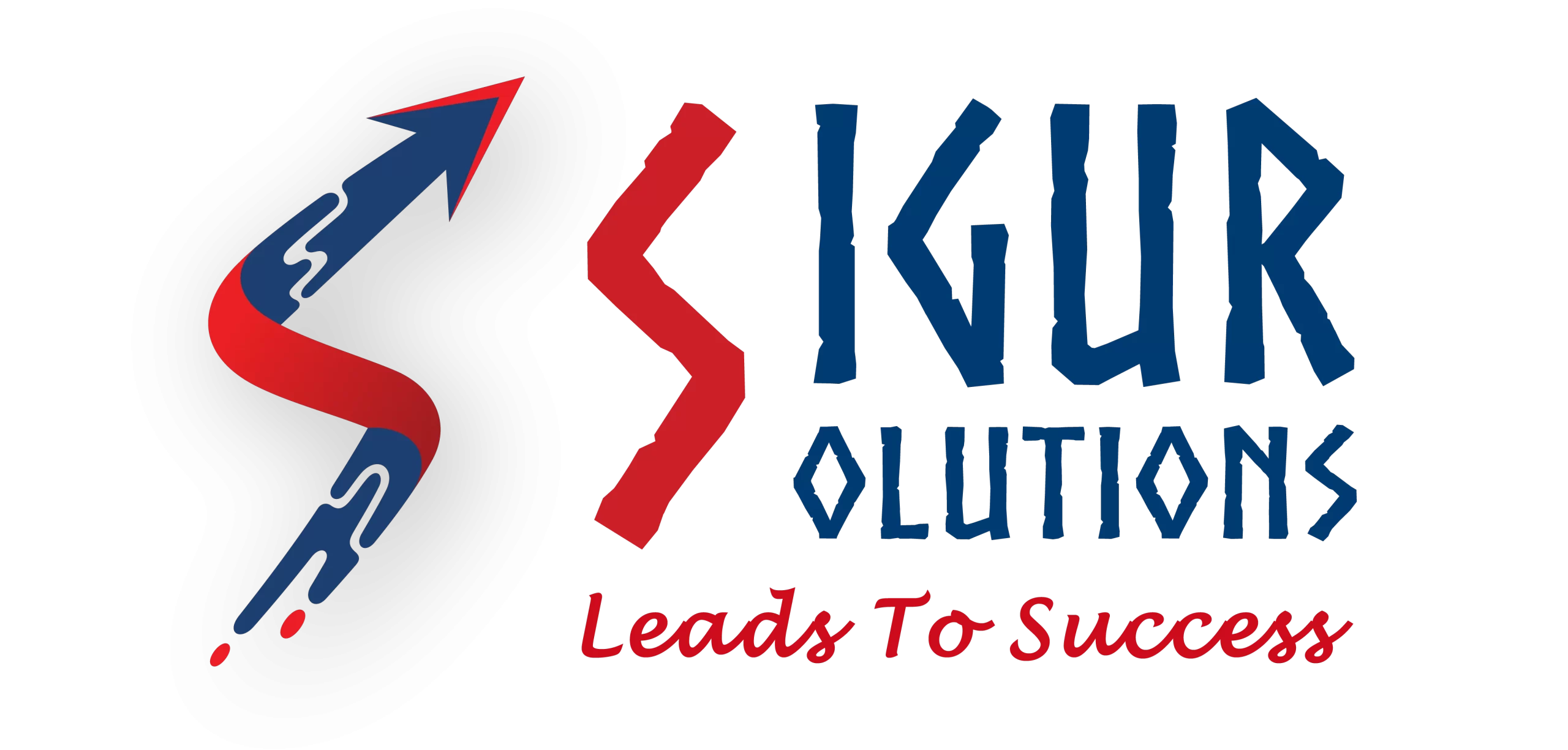10 On-Page SEO Best Practices to Boost Organic Traffic

If you’re looking to increase your website’s visibility and attract more visitors through search engines, mastering on-page SEO is a must. On-page SEO refers to the optimization of elements on your own website—such as content, HTML source code, and internal linking—to improve rankings and organic traffic.
Here are 10 essential on-page SEO best practices to help boost your website’s visibility and search performance:
- Optimize Title Tags with Keywords
Your title tag is one of the most important on-page SEO elements. Make sure it includes your primary keyword, stays under 60 characters, and compels users to click. A well-crafted title tag helps search engines understand your page and improves CTR (click-through rate).
- Craft Compelling Meta Descriptions
Though not a direct ranking factor, meta descriptions influence whether users click your link in the search results. Use unique, relevant summaries for each page that include keywords naturally and stay within 155–160 characters.
- Use Proper Header Tags (H1, H2, H3…)
Organize your content using header tags. The H1 tag should be reserved for your main title, and H2/H3 tags for subheadings. This structure improves readability, user experience, and helps search engines understand your content hierarchy.
- Write SEO-Friendly URLs
URLs should be short, descriptive, and include your target keyword. Avoid numbers, symbols, or unnecessary words. For example:
✅ example.com/seo-tips
❌ example.com/page?id=12345
- Improve Page Load Speed
Page speed is a confirmed Google ranking factor. Compress images, leverage browser caching, and use fast hosting to reduce loading times. Tools like Google PageSpeed Insights can help you identify issues.
- Use Internal Linking Strategically
Internal links guide users to other relevant content on your website. They also help search engines crawl your site and distribute link equity. Use keyword-rich anchor text when linking to other pages.
- Optimize for Mobile Responsiveness
With mobile-first indexing, your website must perform flawlessly on smartphones and tablets. Use a responsive design and ensure buttons, fonts, and images are mobile-friendly to avoid high bounce rates.
- Focus on Content Quality and Relevance
High-quality content is the foundation of on-page SEO. Ensure your content is original, informative, and keyword-optimized without being spammy. Update old content regularly to keep it fresh and relevant.
- Optimize Images with Alt Text
Images enhance user experience, but they should also be optimized for SEO. Use descriptive file names and alt tags that include relevant keywords. This helps with image search visibility and accessibility.
- Implement Schema Markup
Schema markup (structured data) helps search engines better understand your content. It can enhance your listings with rich snippets such as reviews, FAQs, and ratings—leading to higher CTRs.
On-page SEO is more than just plugging in keywords—it’s about building a user-friendly, content-rich, and technically sound website that meets search engine guidelines. By following these 10 best practices, you’ll not only improve your rankings but also provide a better experience for your visitors.
Looking to take your SEO to the next level? Start with on-page optimization, and you’ll be well on your way to achieving consistent organic growth.




